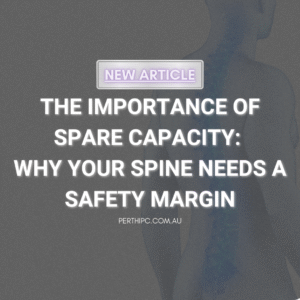
The Importance Of Spare Capacity – Why Your Spine Needs A Safety Margin
What if your back pain isn’t just from one bad movement — but from constantly living on the edge of your spine’s limits? This is

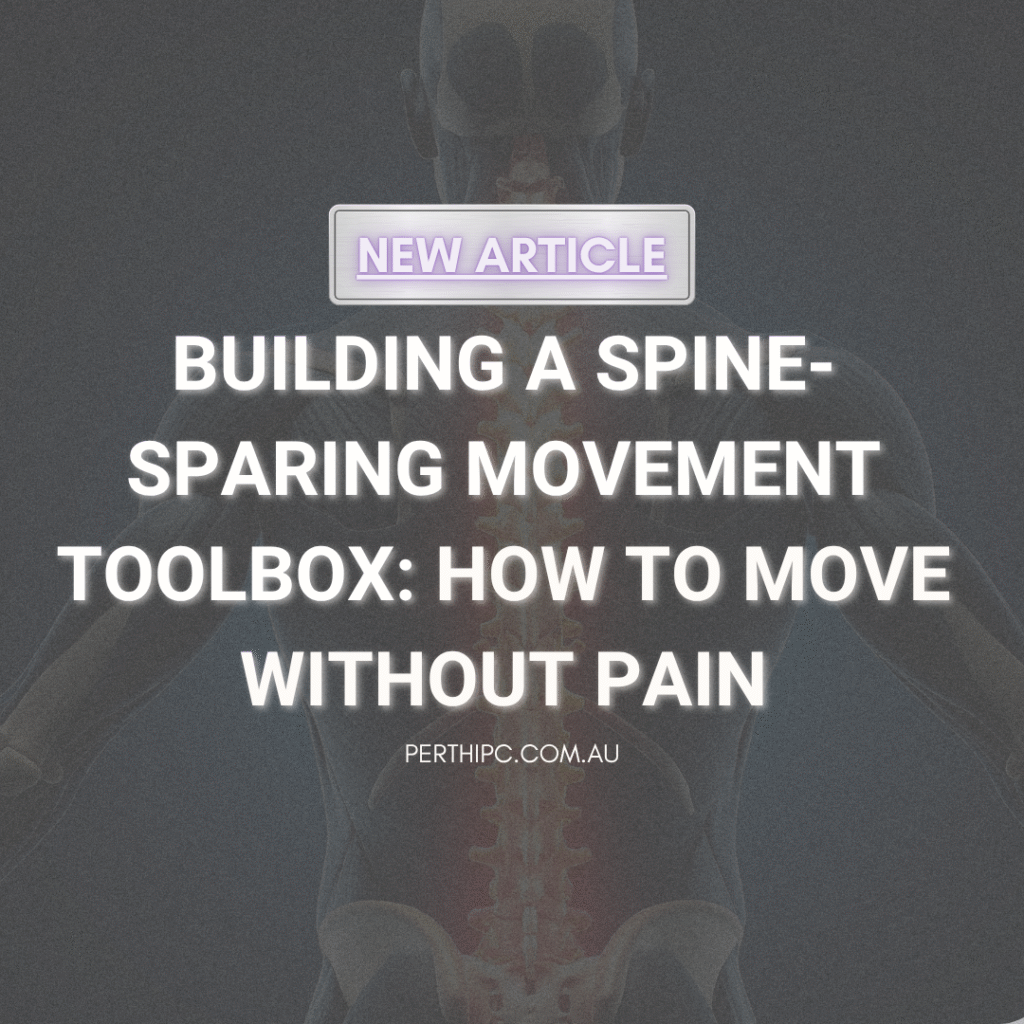
One of the most overlooked causes of persistent low back pain is how we move during everyday tasks. Simple activities like bending, sitting, getting out of a car, or lifting objects can place harmful loads on your spine — especially if you have poor movement habits.
A key principle to understand is this:
It’s not just the load that matters, but how the load is handled. If you want to recover from back pain — or prevent it altogether — you need a Spine-Sparing Movement Toolbox 🧰 a set of go-to strategies you can use throughout your day to reduce irritation and build resilience
Every spine has a “pain threshold.” When poor posture, repeated flexion, or inefficient movement pushes load beyond that threshold, tissues like discs, joints, or nerves become irritated.
Over time, this irritation compounds. What started as an occasional ache turns into chronic pain or flare-ups.
But with a few key changes to how you move, you can dramatically reduce the strain on your spine and allow healing to begin.
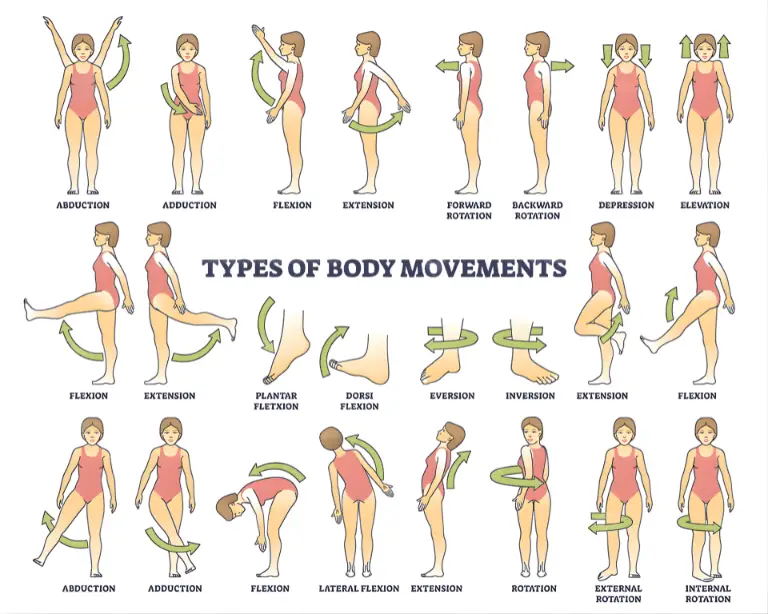
Neutral Spine is Non-Negotiable when Loading
Keeping your spine in a neutral position when carrying, lifting, or adding load to the spine (e.g. squats 🏋️♂️) is essential. This preserves structural integrity and minimises disc and joint stress.
Hip-Hinge, Don’t Spine-Fold
When bending forward, push your hips back instead of rounding your spine. The movement should come from the hips and knees, not your lumbar spine.
Torso Control — Move As One Unit
Avoid twisting through the spine. Instead, move your entire torso as one solid unit.
💡 One helpful strategy: the drop-step technique — pivot from your hips by stepping one foot back and turning your whole body in the direction of movement. This preserves alignment and prevents torsional strain.
🚫Avoid Repetitive or Sustained Flexion
Continuous forward bending (gardening, laundry, or slouched sitting) adds cumulative strain to spinal tissues.
Use Leverage and Load Management
Carry objects close to your body, use your legs to lift, and reduce unnecessary twisting or side-bending under load.
Getting out of bed: Log-roll onto your side, brace, then push up with your arms while swinging your legs off the edge.
Tying your shoes: Rest your foot on a bench or low step instead of bending over at the waist.
Lifting boxes: Hip-hinge, brace, grab the box close to your chest, and use your legs to lift while keeping your spine neutral.
Turning while carrying something: Use the drop-step to rotate your body, rather than twisting through the spine.
Sitting posture: Use a chair with lumbar support and sit tall. Don’t slouch or perch on the edge for extended periods.
Avoiding the Aggravator: 🚫
First, remove the movement or load that provokes pain.
Restoring Stability: 💪
Focus on core bracing, building “spare capacity” for daily life demands.
Rebuilding Movement Patterns: 🔄
Teach the body how to lift and move safely and efficiently.
This process — grounded in the principles developed by Stuart McGill 📚 — has helped countless individuals return to full, pain-free function.
These aren’t just tips to use during rehab — they’re habits for life. Even small improvements in daily movement can accumulate into significant long-term benefits for your spinal health
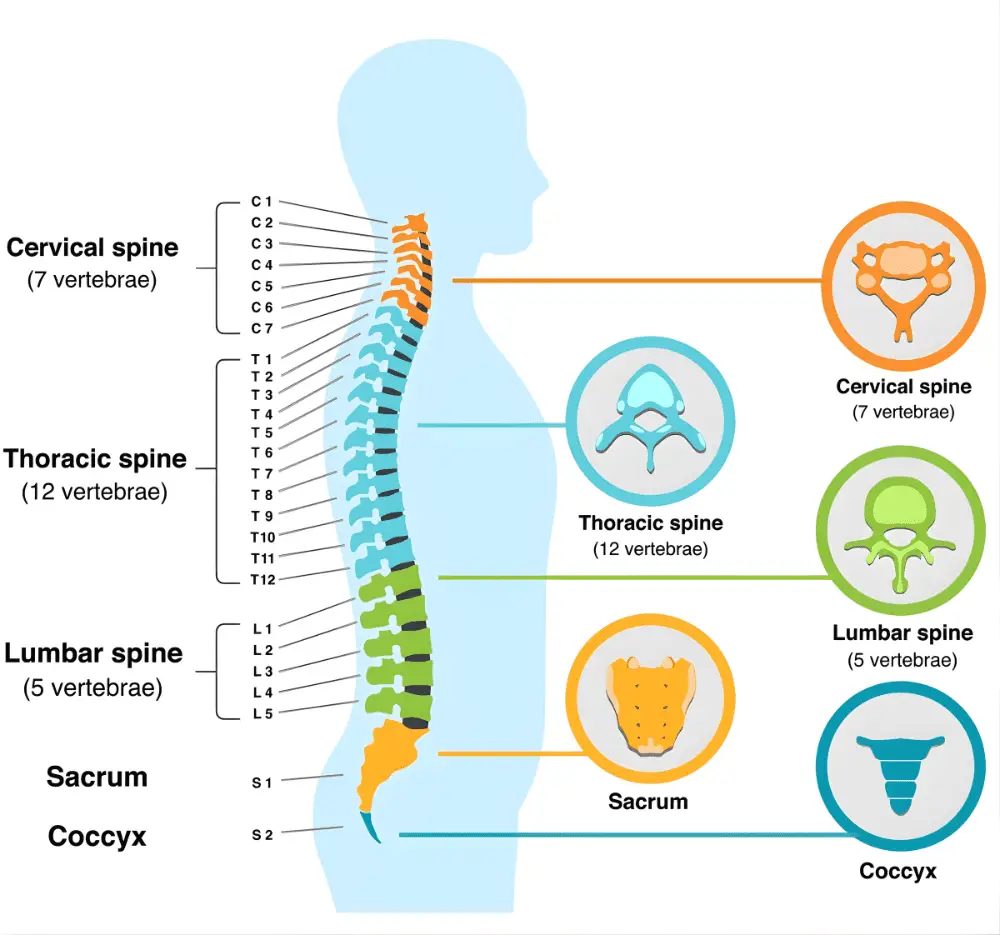
If you’re recovering from a disc bulge, shear instability, or chronic low back pain, changing the way you move is foundational.
At Perth Injury & Pain Clinic, we guide our patients through personalised movement retraining sessions 
For more complex cases, our McGill Method certified practitioners provide advanced and in-depth assessments to uncover the root cause of pain.


What if your back pain isn’t just from one bad movement — but from constantly living on the edge of your spine’s limits? This is
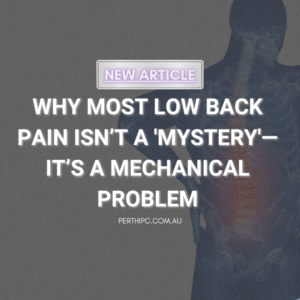
If you’ve been told your back pain is “non-specific” or has “no clear cause,” you’re not alone. Up to 85% of people with low back
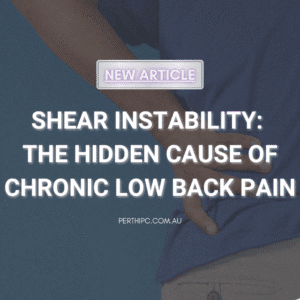
If you’ve been battling persistent low back pain without clear answers, shear instability could be the missing piece of your puzzle. While disc bulges, muscle